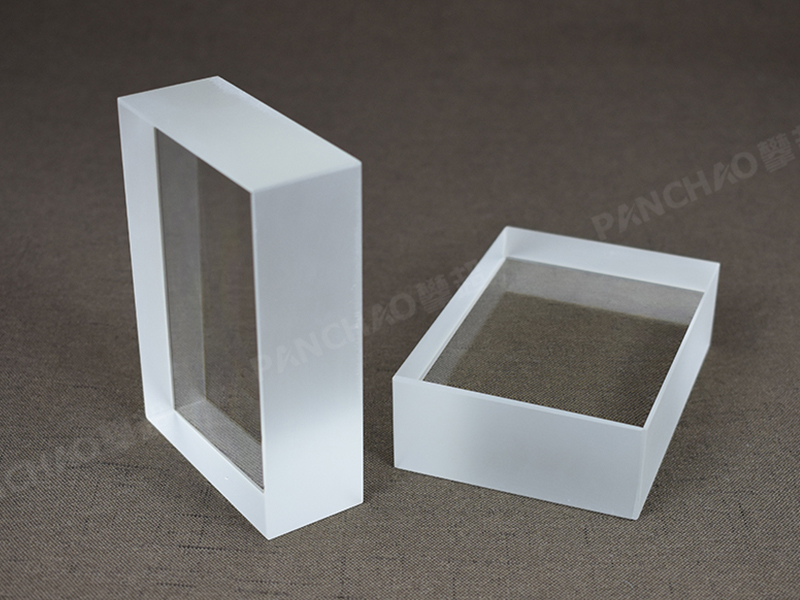What Are the Advantages of Low-E Glass?
Click:
-Time:2022-08-10 16:05
Low-E glass, also known as low radiation glass, is a film product composed of multiple layers of metal or other compounds on the glass surface. The coating layer has the characteristics of high transmission to visible light and high reflection to mid and far infrared rays, which makes it have excellent heat insulation effect and good light transmission compared with ordinary glass and traditional coated glass for buildings.


Excellent thermal performance
The use of Low-E glass can greatly reduce the fuel consumption for heating due to the reduction of heat loss, thus reducing the emission of harmful gases.
Good optical performance
Low-E glass has high transmittance to visible light in sunlight, up to 80%, while the reflectance is very low, which makes its optical performance greatly improved compared with traditional coated glass. From the outdoor view, the appearance is more transparent and clear, which not only ensures the good lighting of the building, but also prevents the light pollution caused by the light reflection of large-area glass curtain walls and hollow glass doors and windows, and creates a more gentle and warm light environment.
If you are interested in the or need to consult, please call us +8613569413718.Pan Chao special industrial glass, Customize your persoalised glass products.
Welcome sending your inquiry: Phone :+8613569413718 Email: info@panchaoglass.com
If you are interested in the or need to consult, please call us +8613569413718.Pan Chao special industrial glass, Customize your persoalised glass products.
Welcome sending your inquiry: Phone :+8613569413718 Email: info@panchaoglass.com
Related articles
- Characteristics of Tempered Glass and Semi Tempered Glass
- Common Sense Knowledge of Toughened Borosilicate Mirror
- Determination of Chemical Stability of Glass
- What Is Plexiglass and What Are Its Characteristics?
Recommend
- Why Is the Glass Moldy
- What Are the Advantages of Low-E Glass?
- What is the LOW-E glass?
- Characteristics of plexiglass
- Comparison between Semi Tempered Glass and Tempered Glass
- Rectification and Purification of Ultra High Temperature Resi
- Overview of Application Methods of High Temperature Resistant
- Adsorption and Purification of Ultra High Temperature Resista
- Calculation Formula of Bending Strength of Pressure Resistant
- On the Development of Quartz Glass
Rank
- Application of high temperature resistant glass
- Precautions in the process of quartz tube cutting and picklin
- What Glass Has the Highest Temperature Resistance
- What are the advantages and disadvantages of quartz tube heat
- ultra-thick tempered sight glass for submarine
- The process of toughening of borosilicate tempered sight glas
- Where is high pressure resistant glass used?
- The difference between high borosilicate glass, medium borosi
- Introduction of elliptical quartz tube and oval quartz tube
- Introduction to the Characteristics of Quartz Glass Tube 1
Latest articles
- Why Is the Glass Moldy
- What Are the Advantages of Low-E Glass?
- What is the LOW-E glass?
- Characteristics of plexiglass
- Comparison between Semi Tempered Glass and Tempered Glass
- Rectification and Purification of Ultra High Temperature Resi
- Overview of Application Methods of High Temperature Resistant
- Adsorption and Purification of Ultra High Temperature Resista
- Calculation Formula of Bending Strength of Pressure Resistant
- On the Development of Quartz Glass

